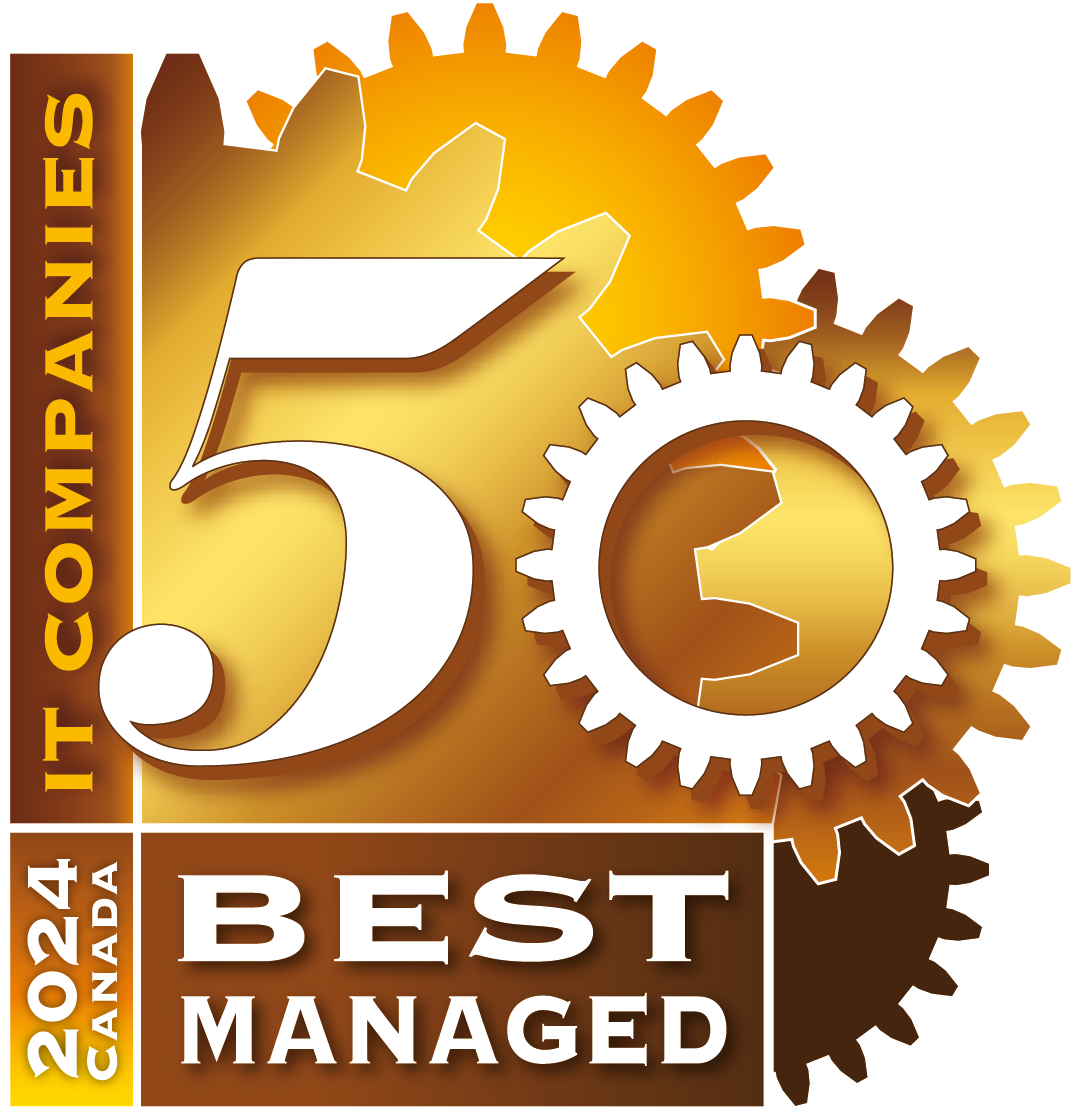What’s the Difference Between Helpdesk vs IT Support
We might use the terms ‘service desks’ and ‘help desks’ interchangeably, but there are several key differences between the two.
A help desk is technically a service meant for supporting a business’ IT teams with fixing or troubleshooting IT problems. A Toronto IT support company doesn’t typically focus on end-user IT issues, such as poorly functioning mobile devices or password requests (FreshService).
Rather, help desks are concerned with IT incidents, e.g., server crashes, network downtime, application crashes/errors, etc. As a result, they work with IT teams.
Both are extremely important, and this logistics company was able to slash IT costs by 33% by outsourcing their level 1 and 2 support (along with other initiatives).According to ITIL (Information Technology Infrastructure Library), a service desk is the “single point of contact between the service provider and users.” So while it would contain an IT help desk for IT teams, the service desk would also support end-users.
IT Help Desk vs. Technical Support/Service Desks
As noted in our blog about MSPs, there’s a difference in approaches where one (help desks) is mostly reactive, while the other (service desk) is proactive.
In Fusion, this process works with the IT team contacting the help desk as the first line of support. So, be it company-wide downtime or some other incident, the IT team contacts the help desk. They can call us or use other forms of communication, such as email or messaging.
From there, the help desk triages the issue. Fusion does this within 15 minutes (a fast turnaround time in the industry). From there, a help desk engineer (in Fusion, all engineers are Tier 2) familiar with the environment owns the ticket until they solve or escalate it.
However, at its core, the help desk is reactive. It responds to break/fix and other issues as they come, but there’s no mechanism in place to prevent those issues or solve root problems. In contrast, a service desk contains the components for both reactive response and proactive activity. So, in addition to managing tickets from the IT team and end-users, the service desk would manage project requests, look for automation opportunities (e.g., password reset and end-user access/provisioning), and other proactive steps.
As an example, the service desk could find that every time a server runs a Windows update, it pegs its CPU. We’ll see that in the monitoring system, and after a few times of this occurring, the monitoring system will let us know there’s a problem because it sees a pattern.
The system will automatically generate a ticket for the service desk. The service desk can automate fixes, ensuring that the service desk deals with the issue before it becomes an incident. So in future situations, the script will tell the server to manage the CPU (without human intervention) when it runs a Windows update.
You Can Build Immediate Service Desk Capabilities by Working with an MSP. See How:
- What Exactly Are Managed IT Services?
- The Benefits of Managed IT Services
- How Much Do Managed IT Services Cost?
Service Desk/IT Support vs. IT Help Desk: Do the Differences Matter?
In short, yes!
Where the help desk solves IT incidents as they come along, the service desk focuses on the company’s overall IT health. So, the service desk will not only cover every type of IT issue at
the company, but it’ll work to prevent them and, in turn, lessen the strain on the help desk.
IT Support vs. Help Desk: Differences at a Glance
In conclusion, where the help desk focuses on technical problems, the service desk thinks in terms of the business as a whole. In other words, service desks do not look at IT problems in isolation from other factors, such as business processes. They’ll look at the full picture to find opportunities for cost savings and other benefits.
| Help Desk | IT Support Service Desk | |
|---|---|---|
| Main Focus | IT Team | Organization (including End User) |
| Vision | Solve IT Incidents | Contribute to Business Goals |
| Support Level | Levels 2 & 3 + Specialized Resources | Levels 1, 2 & 3 |
| Follows SLA? | Yes | Yes |
| SPOC | Specific Technical Issues | All IT Matters |
However, full-service desk capabilities come at a significant cost. Not only do you need a team of IT professionals who understand your system, but various systems to integrate ticketing and other support elements. Generally speaking, it’s not feasible to build a service desk alone.
Instead you can work with a Managed IT Services and IT Support Services Provider in Toronto (MSP) that has already invested in the people and systems necessary for an effective service desk. Besides getting immediate help, you also have the advantage of seeing how the MSP fares in providing support by looking at its history of support and the skills and qualifications of its desk agents.
Cut IT downtime by getting an instantly available service desk that’ll own the ticket until they solve it, and prevent it from occurring in the future. Contact Fusion Computing for a FREE consultation.
